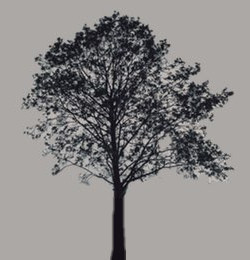
× Cite this page:
Keats, John. “The Eve of St. Mark.” Mapping Keats’s Progress: A Critical Chronology, by G. Kim Blank. Edition 3.27 , University of Victoria, 19 August 2024. https://johnkeats.uvic.ca/poem_the_eve_of_st_mark.html.
John Keats, “The Eve of St. Mark,” Mapping Keats’s Progress: A Critical Chronology, Edition 3.27 , last modified 19th August 2024. https://johnkeats.uvic.ca/poem_the_eve_of_st_mark.html.
Keats, John. “The Eve of St. Mark.” Mapping Keats’s Progress: A Critical Chronology, Edition 3.27 , last modified 19th August 2024. https://johnkeats.uvic.ca/poem_the_eve_of_st_mark.html.